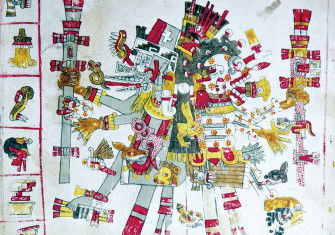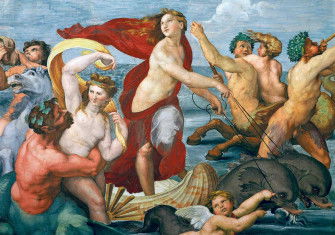Freyja the Token of Truce
The Norse god who found a new immortality in the stage works of Richard Wagner.

Freyja, which means ‘lady’, was the Norse goddess associated with war, death, love, sex, beauty, fertility and gold. No wonder she was considered the most desirable and alluring of the gods. She is often depicted, as here by Nils Blommér, in a chariot pulled by two cats. Blommér was a painter from Scania, Sweden’s southernmost province and formerly part of the kingdom of Denmark. He died in Rome in 1853 at the age of 37, having become noted for his vivid portrayals of Nordic mythology and folklore.
Freyja was the ruler of the heavenly field of Fólkvangr (‘field of the people’). Half of those heroes who die facing forward in battle, of whom Freyja has first choice, go there for eternity; the other half are sent to Valhalla, where Odin (or Woden), the chief of the gods, resides.







